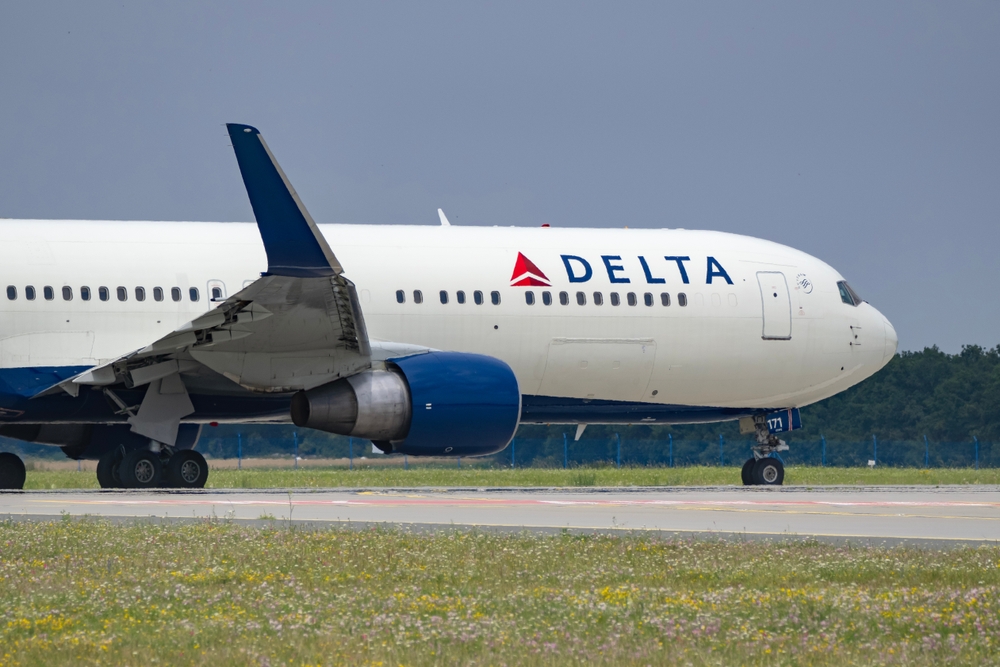A Delta Airlines flight carrying 80 people crash-landed at Toronto Pearson International Airport on February 17 2025 during intense wind conditions. Flight 4819 traveling from Minneapolis experienced a catastrophic landing resulting in the aircraft flipping upside down on the runway amid wind gusts reaching 40 miles per hour.
The incident involving 76 passengers and four crew members resulted in widespread emergency response efforts. First responders immediately initiated evacuation procedures ensuring all occupants were safely removed from the overturned aircraft.
Toronto Pearson International Airport historically known for its robust safety measures faced one of its most challenging incidents in recent years. The airport which handles over 50 million passengers annually maintains strict safety protocols for adverse weather conditions.
Critical injuries and medical response
The crash landing resulted in injuries to 15 individuals with three passengers sustaining critical injuries. A child a woman in her 40s and a man in his 60s received immediate medical attention at local trauma centers where they remain in critical condition.
Medical teams treated an additional 12 passengers for non-life-threatening injuries at the scene and nearby medical facilities. Emergency response protocols were activated immediately following the incident ensuring rapid medical assistance for all affected individuals.
The Greater Toronto Airports Authority maintains dedicated emergency medical facilities specifically designed to handle aviation incidents. These resources proved crucial in providing immediate care to injured passengers and crew members.
Airport operations disruption
The incident prompted Toronto Pearson International Airport authorities to implement an immediate shutdown of operations lasting until 4:30 p.m. local time. This closure necessitated the redirection of multiple incoming flights to Montréal-Pierre Elliott Trudeau International Airport causing significant regional air traffic disruptions.
Airport management coordinated with various airlines to manage the flow of diverted aircraft and affected passengers. The temporary closure impacted hundreds of travelers and required extensive logistical adjustments to accommodate disrupted flight schedules.
The ripple effects of the airport closure extended beyond Toronto affecting flight schedules across North America. Similar incidents at major hubs historically have shown that such disruptions can impact air traffic patterns for several days following the event.
Weather conditions and safety protocols
Weather reports indicate that Toronto experienced severe weather conditions at the time of the incident with wind speeds reaching up to 40 mph. These challenging weather circumstances have become a focal point of the ongoing investigation into the crash landing.
Aviation safety experts are examining the relationship between the weather conditions and standard landing procedures. The investigation will assess whether current safety protocols adequately address operations during severe weather events.
Toronto Pearson International Airport’s weather monitoring systems and wind warning protocols are being reviewed as part of the investigation. The airport’s sophisticated weather tracking equipment provides real-time updates to air traffic controllers and pilots.
Investigation and regulatory response
Aviation authorities have launched a comprehensive investigation into the circumstances surrounding the crash landing. Investigators are gathering data from multiple sources including flight recorders weather reports and witness statements to determine the precise cause of the incident.
The investigation team is focusing on various aspects including aircraft systems weather conditions pilot response and airport operations. Their findings will likely influence future safety recommendations and potentially lead to revised protocols for landing procedures during adverse weather conditions.
Historical data from similar incidents will be analyzed to identify patterns and potential systemic issues that need addressing. The investigation is expected to take several months ensuring thorough examination of all contributing factors.
Emergency response coordination
Toronto’s emergency services demonstrated efficient coordination in their response to the incident. Multiple agencies including fire services medical teams and airport emergency personnel worked together to manage the crisis effectively.
The rapid deployment of emergency resources played a crucial role in preventing more severe outcomes. This coordinated response highlighted the importance of well-established emergency protocols and inter-agency cooperation during aviation incidents.
The airport’s emergency response teams conduct regular drills and simulations preparing for various scenarios. This preparation proved valuable during the real-world emergency situation.
Aircraft safety systems and design
The incident has drawn attention to aircraft safety systems designed to protect passengers during extreme events. Modern commercial aircraft incorporate numerous safety features that help prevent injury during emergency situations.
Delta Airlines’ fleet maintenance and safety records are being reviewed as part of the investigation. The airline’s commitment to safety protocols and regular maintenance schedules plays a crucial role in preventing incidents.
Safety experts note that commercial aviation remains one of the safest forms of travel with extensive redundancy systems and safety measures in place.
Long-term implications for aviation safety
This incident may lead to enhanced safety measures and protocols for operations during severe weather conditions. Aviation regulatory bodies regularly update safety requirements based on findings from such incidents.
The investigation’s conclusions could influence future pilot training programs particularly regarding extreme weather landings. Commercial aviation training continuously evolves to address new challenges and scenarios identified through incident analysis.
Toronto Pearson International Airport’s response to this incident will likely serve as a case study for other major airports in developing and refining their emergency response procedures.












